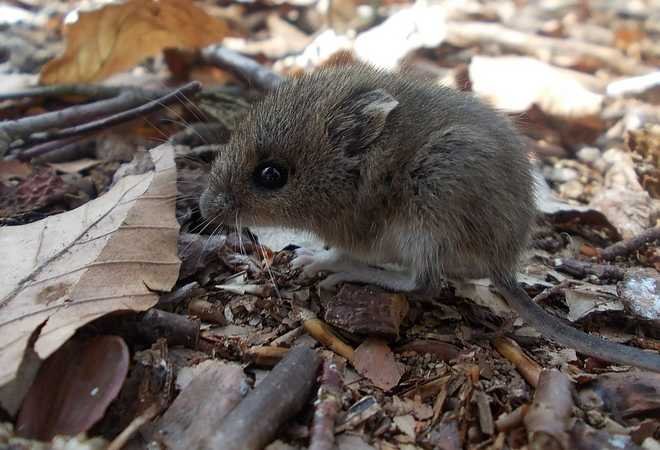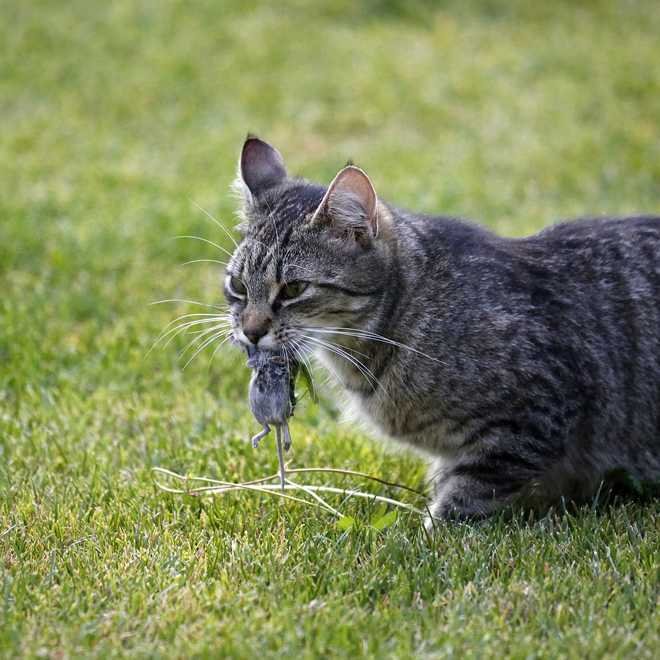When you turn over the compost pile, you discover a family of mice and a few mice lurking in a hole. Mice, field mice, voles and even shrews can sometimes frequent or live in the compost pile, especially in winter. Nothing to worry about!
Why do mice come into the compost?
For at least two reasons:
In the fall, they are looking for a warm place to spend the winter. An old compost heap, rather dry and not turned for a long time, is the ideal place! Small air pockets have formed during the composting process. Mice find them and use them as burrows. The presence of rodents can be seen at the entrances to the tunnels, which they sometimes hide under twigs or branches.
Throughout the year, the compost pile is also a source of food for rodents. Mice especially nibble on organic waste that we throw away, such as fruit and vegetable peelings that contain starch and sugar.
As long as the problem is limited to small rodents (mice, field mice, voles, ferrets, shrews…) and the composting area is far away from the house or a shed, it may not be necessary to intervene. If you are not afraid of them, it can even be fun with your children to observe their way of life.

How to avoid attracting rats and mice in the compost?
You don’t like rodents? Are you afraid of them? There are several simple things you can do to prevent them from getting into your compost. But you should also know that it is almost impossible to prevent them from coming in altogether.
Aerate the compost
If your compost pile is on the ground, stir or turn it occasionally, especially in the fall when mice are looking for shelter.
Also remember to water it regularly to keep it moist. Decomposition will continue, but rodents will no longer try to nest in it, as they will choose a dry shelter instead.
Use a closed wooden composter
It is advisable to put garden and kitchen waste in a wooden compost bin of 1m x 1m x 1m, the minimum volume to obtain a fast composting.
You can buy it or make it from old untreated boards, salvaged pallets, or even wire mesh, and provide large ventilation slots for air to flow through.
To keep mice and rats from nibbling on peelings and vegetable scraps, attach a lid and line the inside with fine-mesh rodent-proof mesh. This will limit their opportunities to enter.
Strictly sort the organic waste you put in it
As we have seen, to make a good compost, you need air, humidity without excess but also a perfect balance between green materials rich in water (kitchen waste, grass clippings, green waste…) and dry materials (cardboard, branches, dead leaves…).
If you don’t respect this balance, you will unintentionally encourage pests. Leftovers of cooked meals, meats or cheese… have nothing to do in the compost. Worse, they can attract a family of rats for example! It is thus necessary to sort out very rigorously what one puts to compost.

In the compost, yes. Not in the house!
The real problem with mice is that we don’t like to see them around the house.
So you have to install the composter as far away from the house as possible and rely on the predation of cats to limit their proliferation.
If you are in the habit of passing your kitchen waste through a tabletop composter or kitchen garbage can before disposing of it in the garden, make sure you choose a closed container. They will be less tempted to come and see the contents.
If, despite these precautions, one of the mice gets into the house, place a mouse trap in an area frequented by the little animal. This is an old-fashioned trap, but it’s still effective as long as the bait works.
In the cupboards, use sachets of dried lavender or a few drops of peppermint; two natural repellents!


